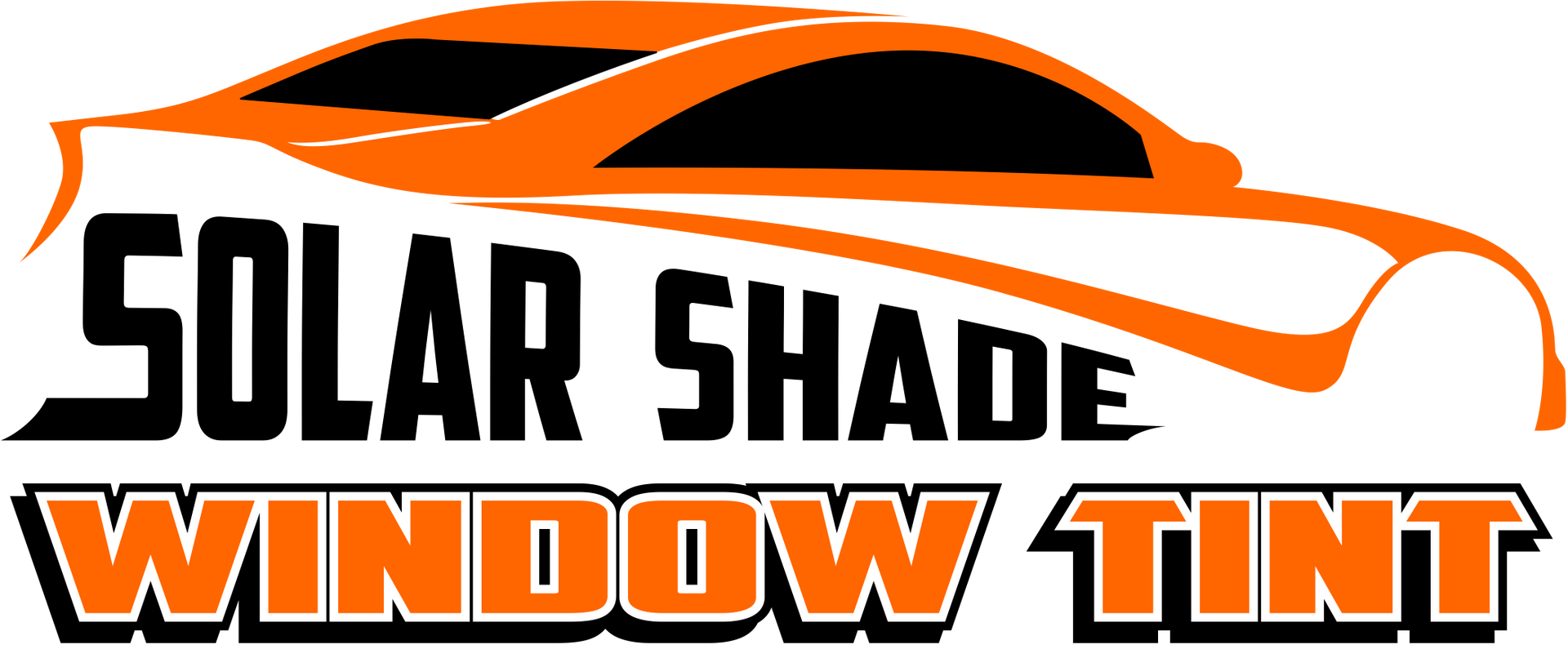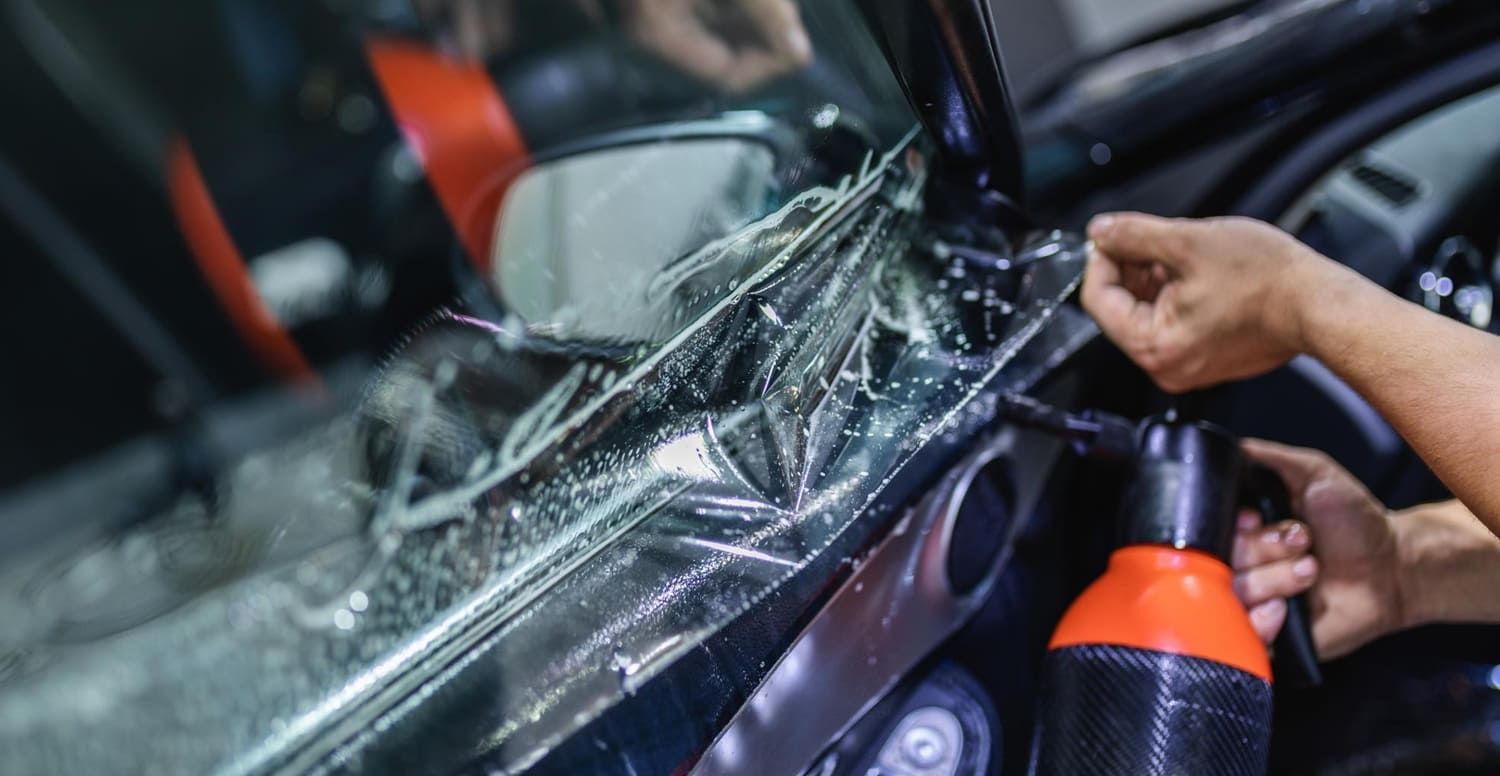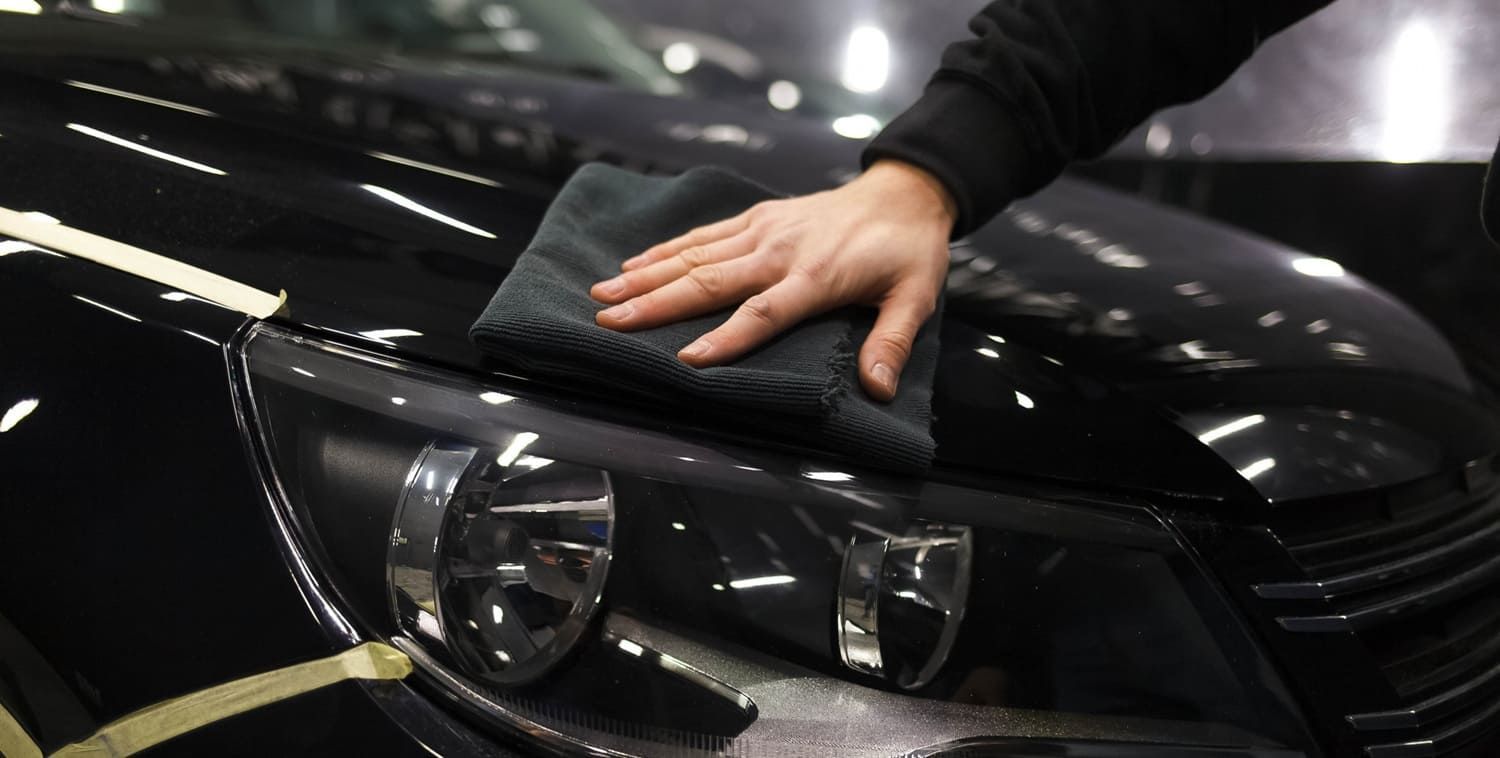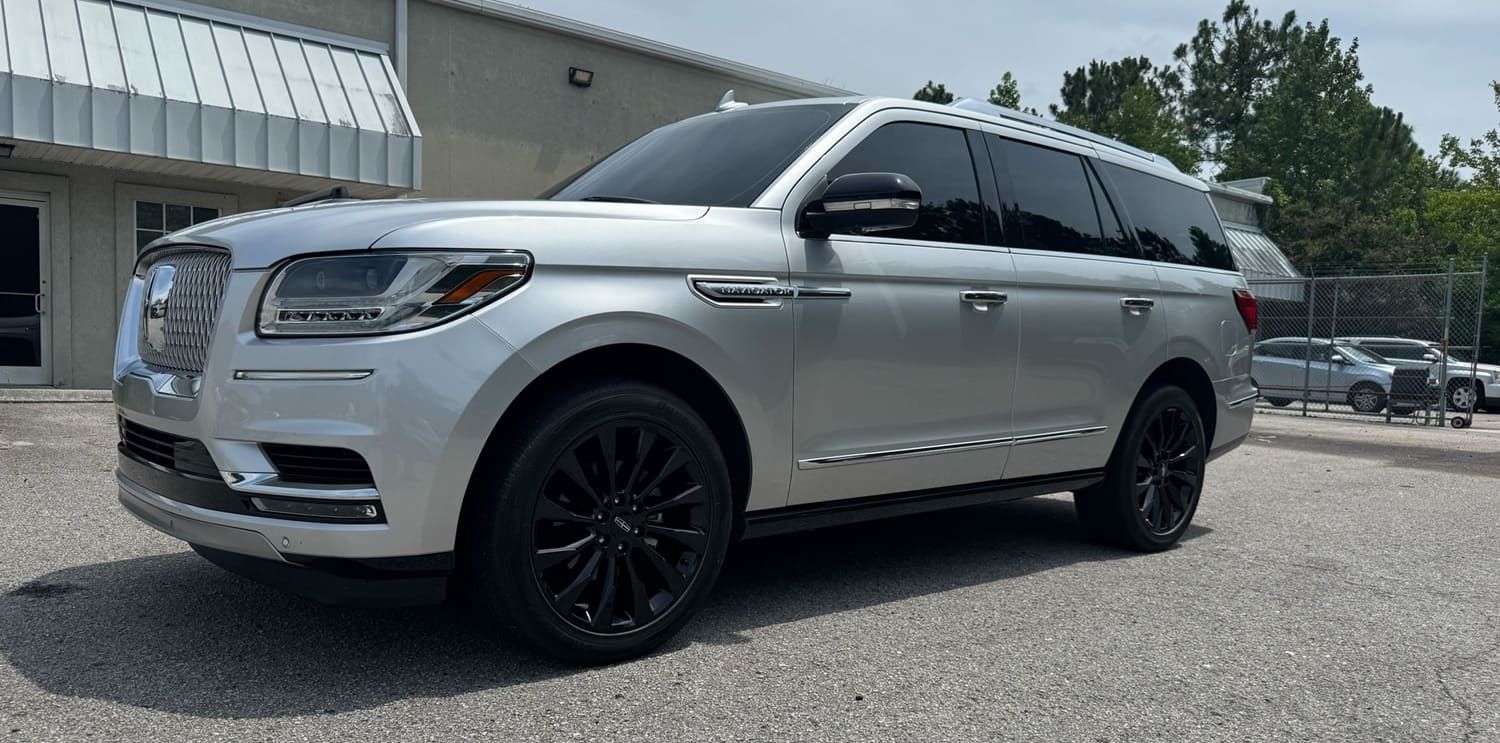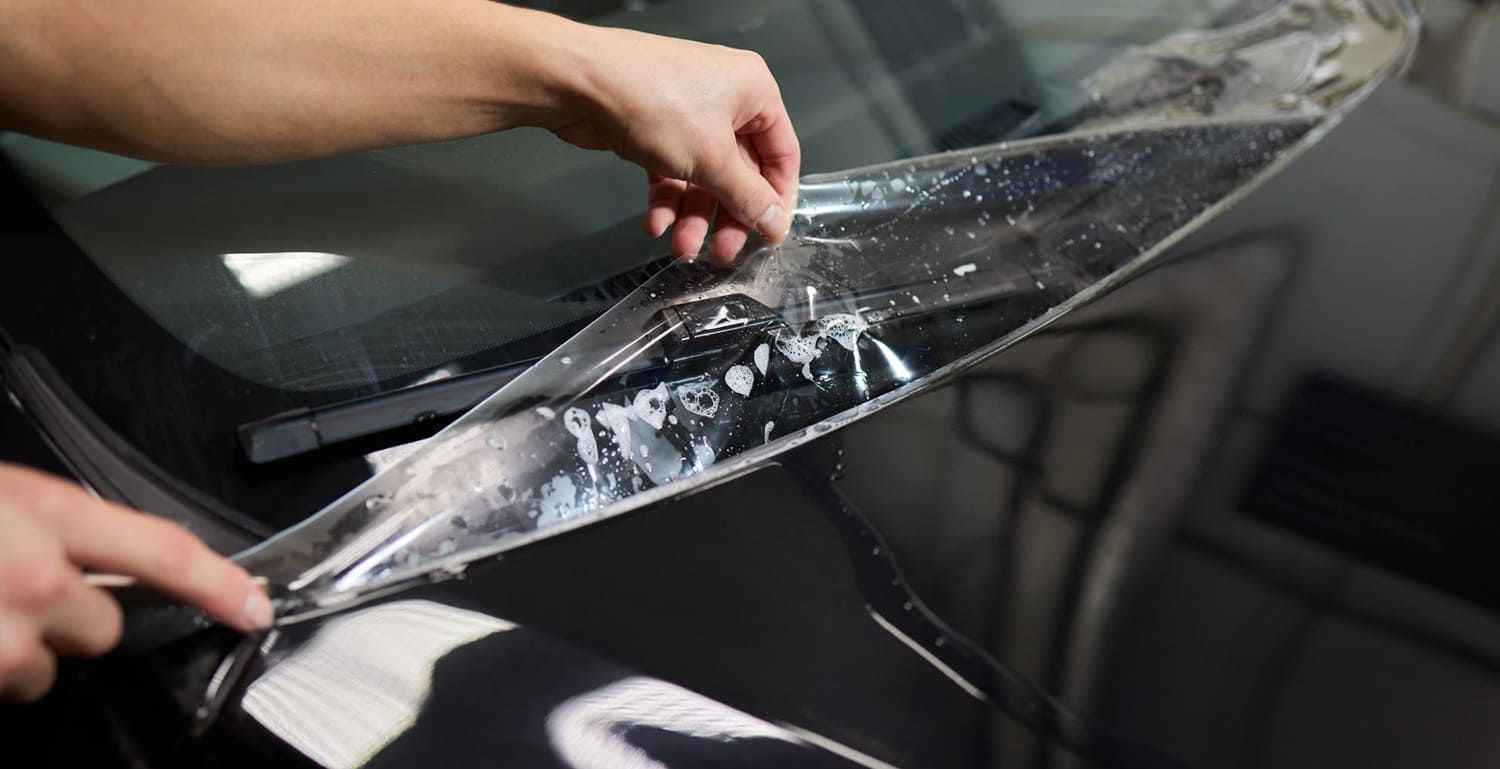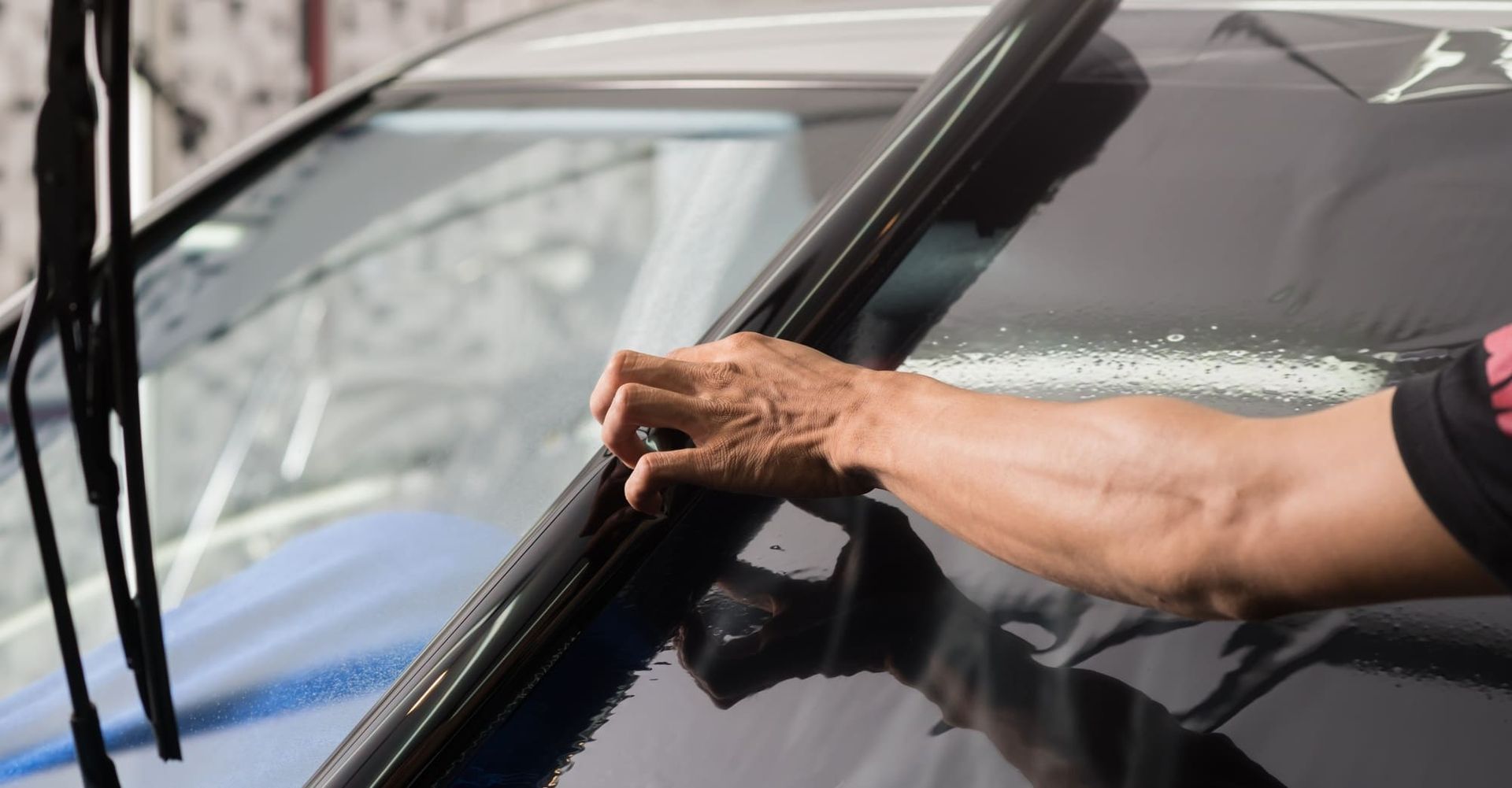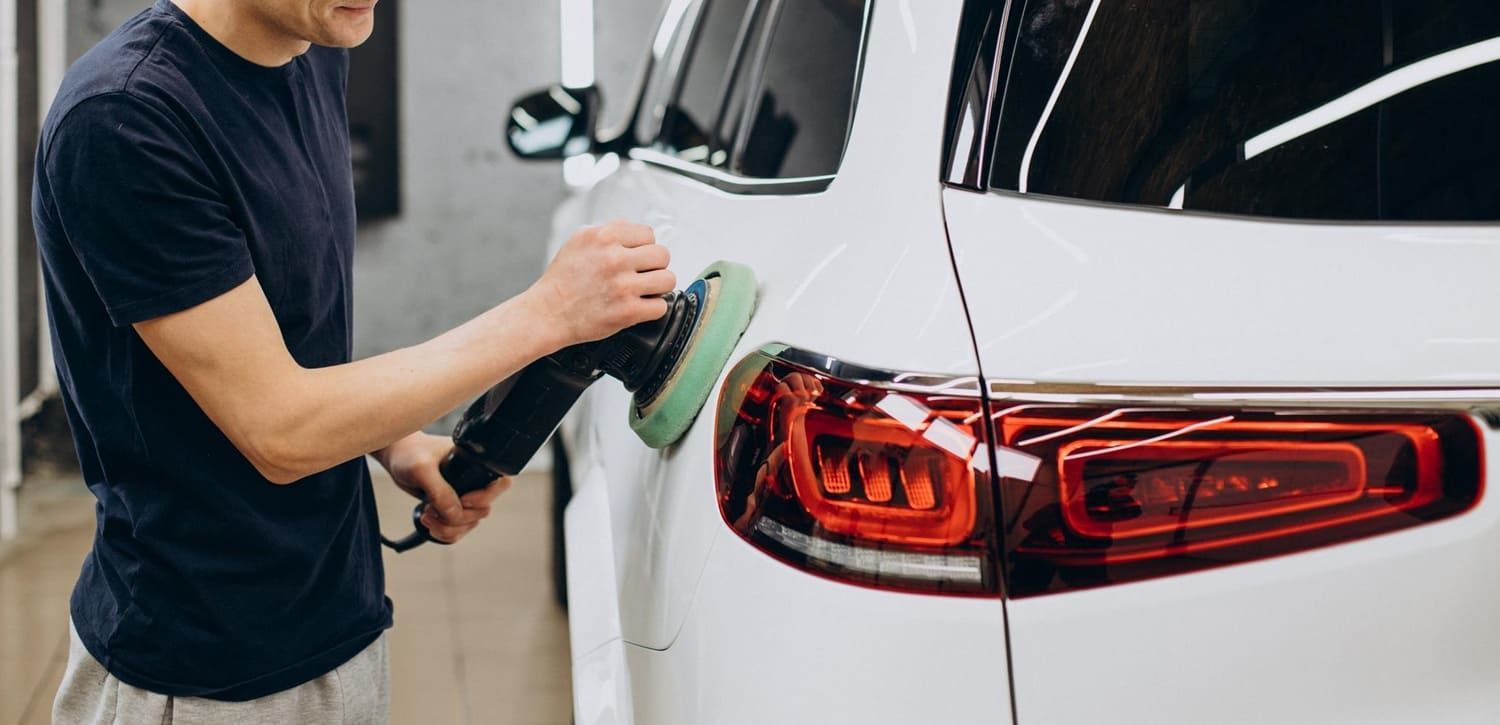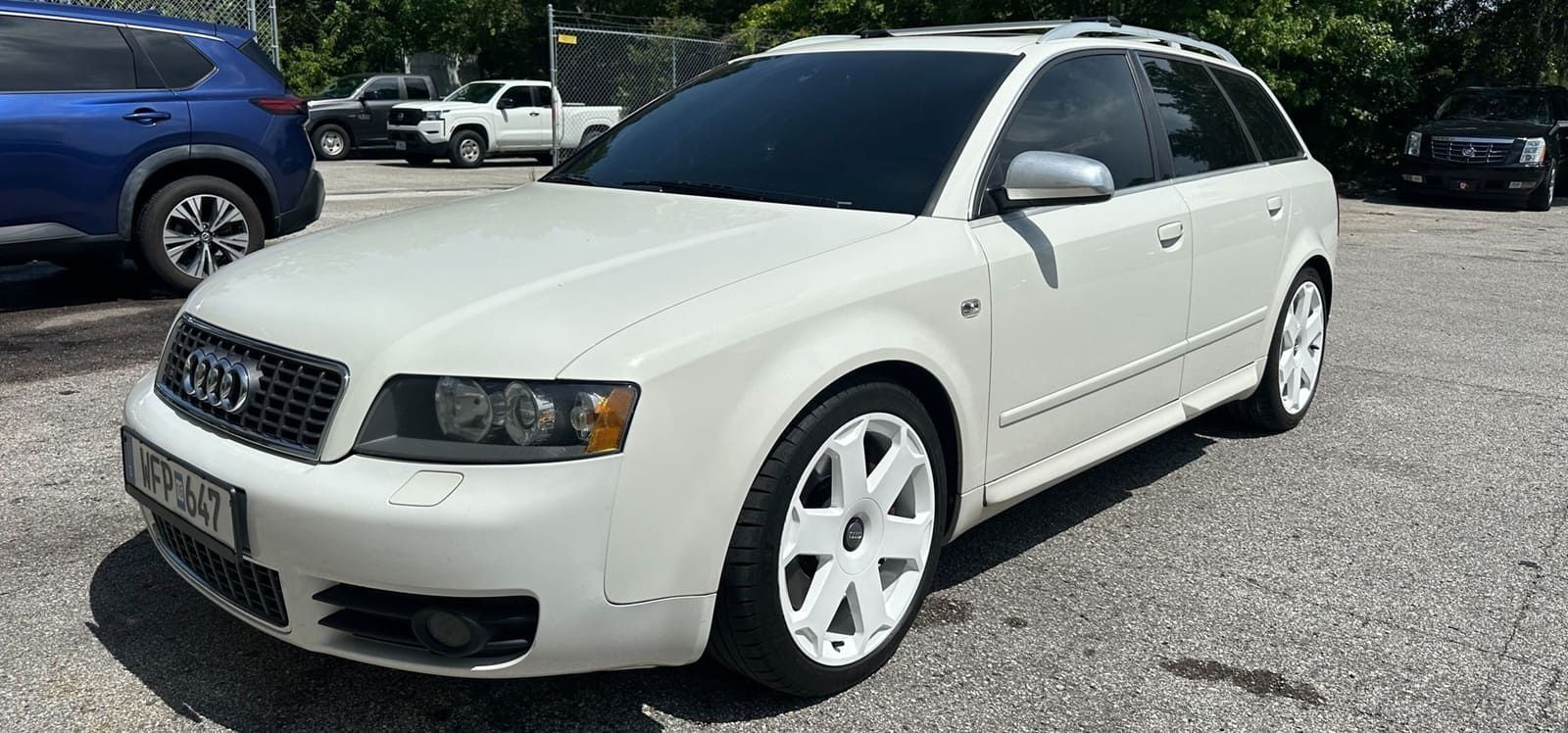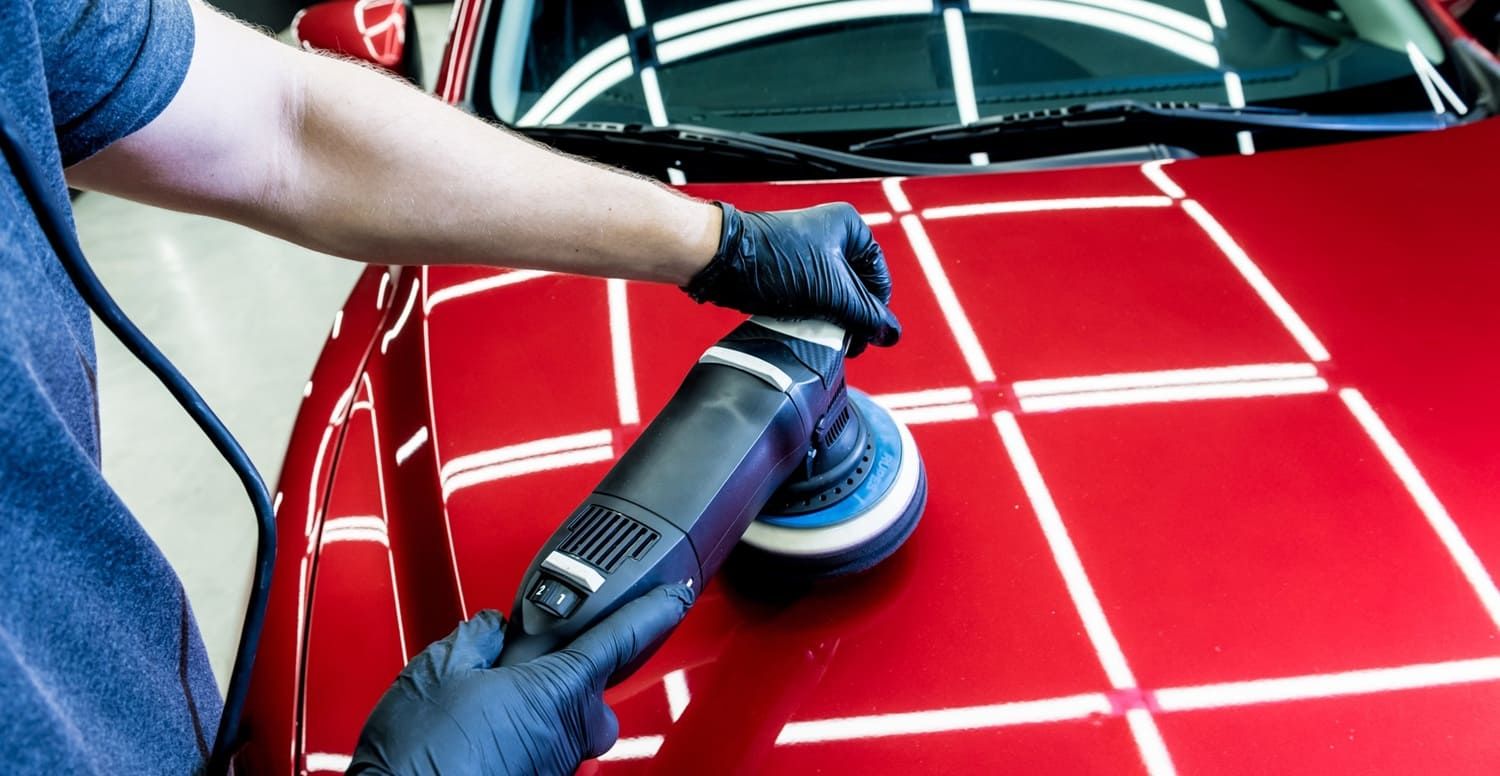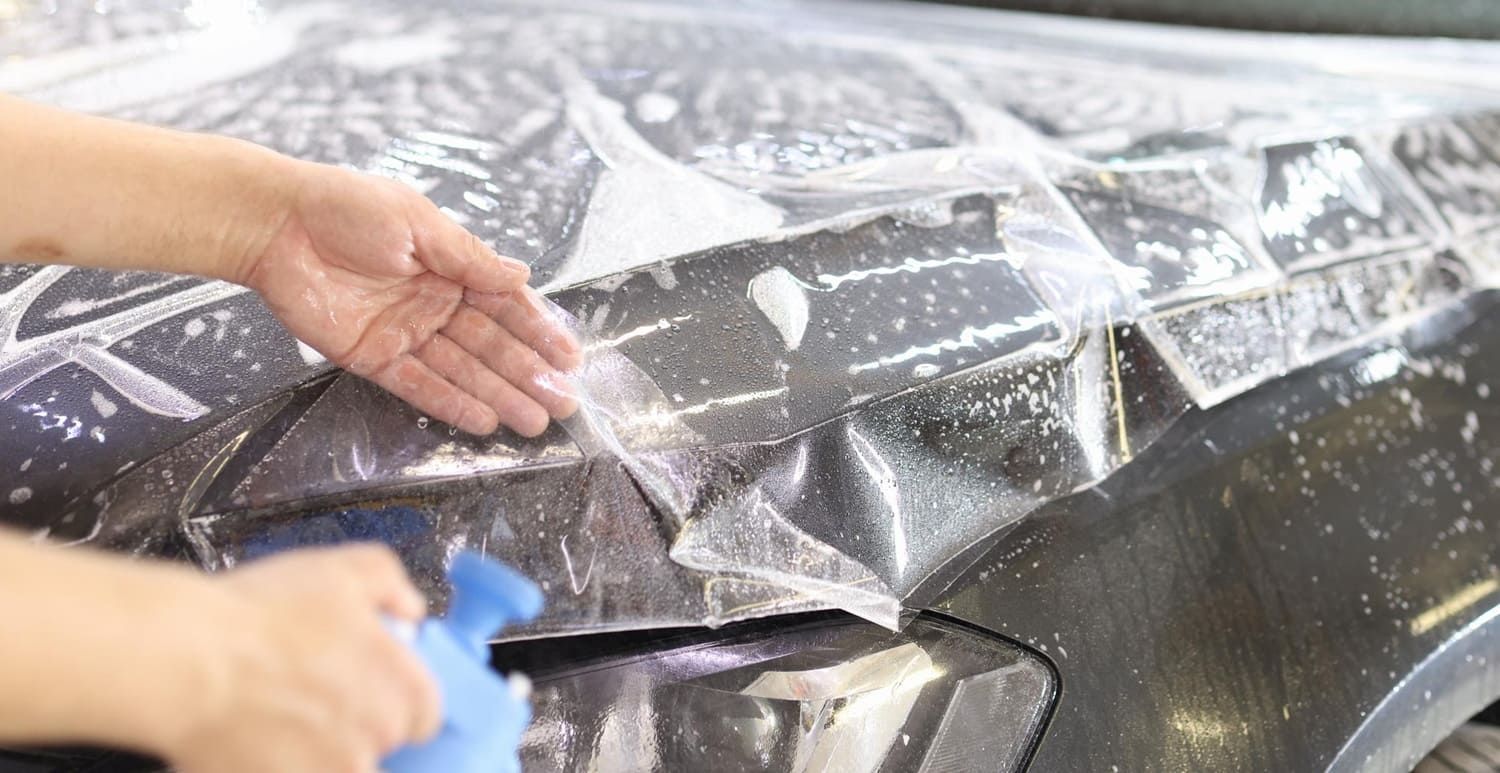Paint Protection Film vs Ceramic Coating: Which Offers Superior Car Protection?
When it comes to protecting your car's exterior, two popular options often come up: Paint Protection Film (PPF) and Ceramic Coating. Both offer unique benefits and challenges, and choosing the right one can be a daunting task. This article aims to clarify the differences and help you make an informed decision.
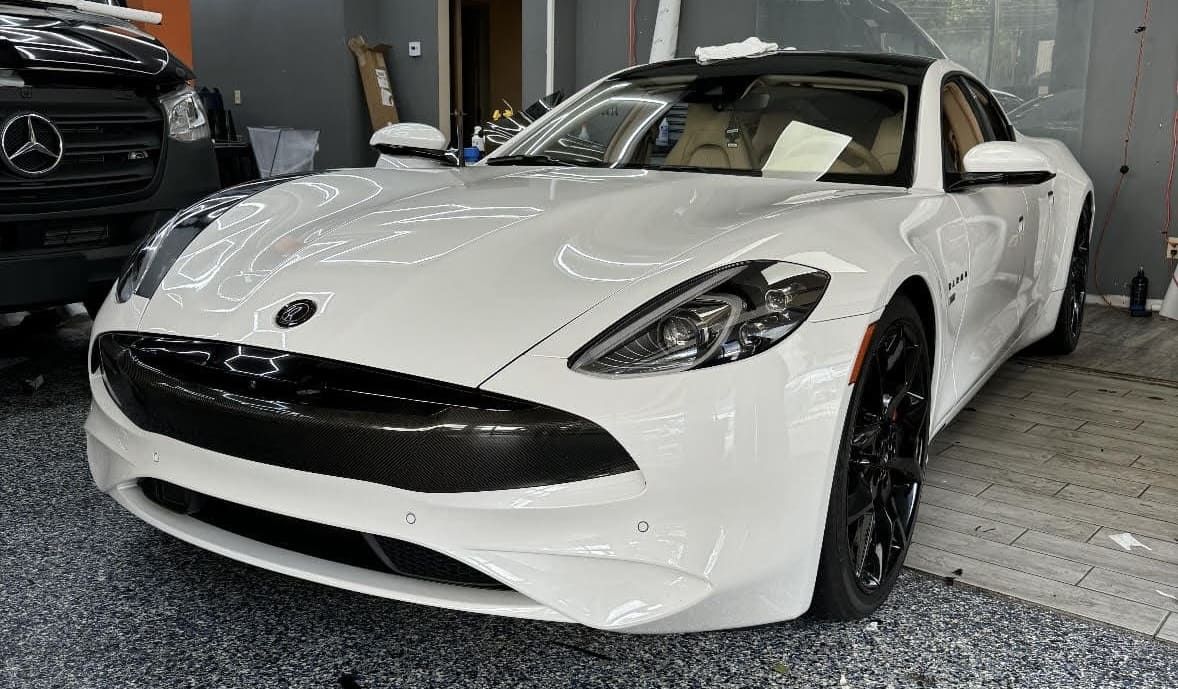
What is Paint Protection Film (PPF)?
Paint Protection Film, often referred to as PPF, is a thermoplastic urethane film applied to the painted surfaces of a car. Initially developed for military purposes, it’s now widely used for automotive protection. The film acts as a sacrificial layer, taking the damage that would otherwise affect the car's paint.
PPF is known for its thickness and durability, providing a robust shield against a variety of external hazards. It is typically applied to high-impact areas of the car, such as the hood, fenders, side mirrors, and front bumper, where damage is most likely to occur. The film can be custom-cut to fit your specific vehicle model, ensuring comprehensive coverage.
Benefits of Paint Protection Film
PPF offers several advantages:
- Scratch and Chip Resistance: PPF is excellent at preventing scratches, chips, and minor abrasions caused by road debris and other environmental factors. This can be particularly beneficial for those who frequently drive on highways or gravel roads.
- Self-Healing Properties: Most modern PPFs have self-healing properties, meaning minor scratches disappear with exposure to heat. This ensures that the film remains clear and visually appealing over time.
- UV Protection: PPF protects the paint from fading and oxidation caused by harmful UV rays. This is crucial for maintaining your car's color and finish, especially in sunny climates.
- Hydrophobic Effect: PPF repels water and dirt, making your car easier to clean. This means fewer car washes and a consistently cleaner appearance.
Drawbacks of Paint Protection Film
While PPF is effective, it has some downsides:
- Cost: PPF tends to be more expensive than ceramic coatings, both in terms of material and installation. The high cost can be a significant deterrent for budget-conscious car owners.
- Installation Complexity: Proper installation requires professional expertise, which can add to the overall cost. Incorrect installation can lead to bubbles, wrinkles, and poor adhesion.
- Yellowing: Over time, lower-quality PPFs can yellow, affecting the car's appearance. This is more common with older films and those exposed to prolonged sunlight.
What is Ceramic Coating?
Ceramic Coating is a liquid polymer applied to the exterior surfaces of a vehicle. The coating chemically bonds with the vehicle's factory paint, creating a layer of protection. This layer is incredibly thin yet highly durable, offering a range of benefits that enhance the car's overall appearance and longevity.
Ceramic coatings are often made from nanotechnology, which allows them to fill in microscopic imperfections in the paint. This results in a smoother surface that enhances the car's reflective properties, giving it a deep, glossy finish. The application process can vary in complexity, but professional installation is recommended for optimal results.
Benefits of Ceramic Coating
Ceramic Coating also has its own set of advantages:
- Long-Lasting Protection: When applied correctly, ceramic coatings can last for several years. This long-term protection makes it a cost-effective solution over time.
- UV Protection: Like PPF, ceramic coatings offer excellent protection against UV rays, preventing paint oxidation. This helps maintain the car's color and finish.
- Hydrophobic Properties: Ceramic coatings create a water-repellent surface, making it easier to wash and maintain your car. Water beads up and rolls off, taking dirt and grime with it.
- Gloss and Shine: Ceramic coatings enhance the vehicle's appearance, giving it a high-gloss finish. This makes your car look brand new, even years after the coating is applied.
Drawbacks of Ceramic Coating
However, Ceramic Coating is not without its drawbacks:
- Limited Scratch Resistance: While ceramic coatings offer some level of scratch resistance, they are not as effective as PPF in preventing physical damage. Heavy impacts and deep scratches can still penetrate the coating.
- High Initial Cost: The application process is labor-intensive, often requiring professional installation, which can be expensive. DIY kits are available, but they often lack the durability and finish of professionally applied coatings.
- Maintenance: While easier to clean, ceramic-coated surfaces still require regular maintenance to keep their hydrophobic properties intact. This includes periodic reapplication of top coatings and proper washing techniques.
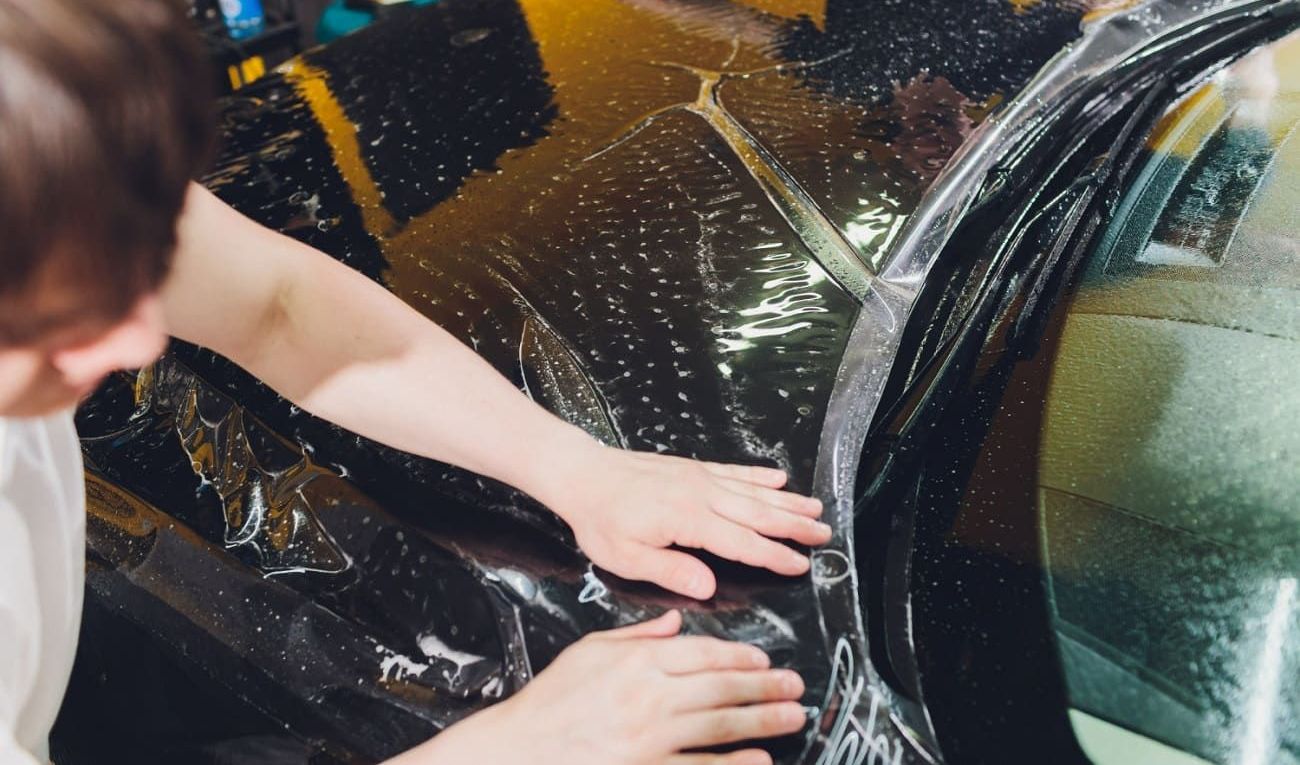
Comparing Paint Protection Film and Ceramic Coating
Now that we've discussed the individual benefits and drawbacks, let's compare them directly.
Durability
When it comes to durability, both PPF and ceramic coatings offer long-lasting protection. However, PPF typically has the edge in terms of physical durability. Its thick, flexible nature provides superior protection against physical damage like scratches and chips. Ceramic coatings, while durable, are more prone to damage from heavy impacts.
Appearance
Ceramic coatings are renowned for their ability to enhance a vehicle's appearance. They provide a deep, glossy finish that many car enthusiasts prefer. PPF, while effective at protecting the paint, may not offer the same level of aesthetic enhancement. However, some high-quality PPFs are designed to be nearly invisible, maintaining the car's original look.
Maintenance
Both PPF and ceramic coatings make car maintenance easier, but in different ways. PPF's self-healing properties mean that minor scratches will disappear on their own, while ceramic coatings' hydrophobic properties make cleaning a breeze. However, ceramic coatings may require periodic maintenance to maintain their hydrophobic properties. PPF generally requires less frequent maintenance but may need professional attention if damaged.
Cost
Cost is a significant factor in deciding between PPF and ceramic coating. Generally, PPF is more expensive due to the material cost and the complexity of installation. Ceramic coatings, while also pricey, tend to be less expensive overall but still require professional application for the best results. It's essential to consider long-term costs, including maintenance and potential reapplication.
UV Protection
Both PPF and ceramic coatings offer excellent UV protection, which helps in preventing paint oxidation and fading. Therefore, in terms of UV protection, both are equally effective. This makes either option suitable for preserving your car's color and finish, regardless of your choice.
Which is Right for You?
Choosing between Paint Protection Film and Ceramic Coating depends on your specific needs and budget. Here are some scenarios to help you decide:
Choose Paint Protection Film If:
- You Drive Frequently: If you're often on the road and exposed to debris, PPF's superior physical protection is invaluable. Long-distance commuters and highway drivers will benefit the most.
- You Want Maximum Scratch Resistance: For those who prioritize scratch and chip resistance, PPF is the better choice. It offers the best defense against physical damage.
- You're Willing to Invest: If budget is not a constraint and you're looking for the best physical protection, PPF is worth the investment. The upfront cost is high, but the long-term benefits are substantial.
Choose Ceramic Coating If:
- You Value Appearance: If enhancing your car's appearance is a priority, the glossy finish of ceramic coating is hard to beat. It provides a showroom shine that lasts.
- You Seek Long-Term Protection: For those looking for long-lasting protection that also makes maintenance easier, ceramic coating is a solid choice. Its hydrophobic properties keep your car looking cleaner for longer.
- You Have a Moderate Budget: If you want effective protection without breaking the bank, ceramic coating offers a good balance. It provides excellent benefits at a more accessible price point.
Conclusion
In the debate of Paint Protection Film vs Ceramic Coating, there is no one-size-fits-all answer. Both offer unique advantages and can provide excellent protection for your vehicle. Your choice will depend on your specific needs, driving habits, and budget.
Ultimately, whether you choose PPF or ceramic coating, investing in either will help maintain your car's appearance and value for years to come. Consider your priorities and consult with professionals to make the best decision for your vehicle.
If you're interested in learning more and all of your options, contact us at Solar Shade Window Tint today!
